Produced by the Art Theatre Guild, Kaneto Shindo's “Hymn” is one of many adaptations of Junichiro Tanizaki's “A Portrait of Shunkin” (Shunkinsho, 1933), and a truly thorough exploration of the dark side of love.
Buy This Title
The film begins with a researcher, played by Kaneto Shindo himself, who read a book about the relationship of Shunkin with Sasuke, and now tries to to find some of the people who witnessed the story first hand, in order to find out the truth about the events. His search brings him into an elderly home, where a now retired maid from Shunkin's household, Teru, is living. Through bribes and timely questions, the researched gradually draws the truth from her, who is soon revealed as a true voyeur, always listening behind closed doors and looking from the shadows on what was going on between the two protagonists.
In that fashion, we witness the beginning of a rather exploitative relationship between Shunkisho, a blind but also ingenious shamishen player who has grown up just like a princess, and Sasuke, a country bumpkin whose dedication to her as her servant surpasses even the highest notions of loyalty. The story follows the two as Sasuke starts as her servant/assistant, before becoming her student, and eventually something much more significant, all the while though, suffering physically from both her violent temper and her impossible whims. Gradually though, their relationship becomes one of codependence, with her leaning totally to him for all her needs, particularly after she moves out of her family and begins teaching shamishen, while a tragic event that befalls her and his reaction brings them closer than ever.
Kaneto Shindo directs a film about love and the ways it can function in the darkest fashion, if the people involved complete each other. The relationship of Shunkin and Sasuke is sadomasochistic from the beginning. She seemingly enjoys bullying him in the harshest way, fully exploiting his adoration for her, and he accepts her behaviour as the highest honor, literally worshiping the ground she steps on, to the point that even the chore of burying her excrements in the garden is an honorable ritual for him. As the years pass by and he keeps staying by her, her dependence on him becomes more intense, to the point that she wants no one else but Sasuke close. The inevitable erotic implications add to the whole S&M setting, although their result is quite shocking and highlights how their codependence has made them not wishing for anyone who even dreams of disrupting it beside them.
At the same time, the aforementioned tragic event and Sasuke's reaction brings their balance to its highest degree, in essence being the one that truly changes Shunkin, who finally realizes his sacrifice.
The contextual presentation of the story is excellent, with Shindo directing a film that functions quite frequently as a stage play with two protagonists, with most of the breaks from this main element coming from the voyeuristic presence of Teru, whom the director also gives an erotic hypostasis, adding to the overall sensualism of the movie.
Apart from context however, the movie also thrives on presentation, following the “rules” of boldness and innovation that accompanied the majority of ATG productions. This aspect is mostly presented towards the finale, where, in cooperation with DP Kiyomi Kuroda, Shindo presents a number of vignettes in a black background, featuring the two protagonists, with Shunki though, being stripped from the waist up. Despite the nudity, these segments are more artsy than erotic, essentially bordering on the surrealistic.
The framing, however, finds its apogee in the scenes where just the two protagonists are on screen, with the composition of each scene highlighting the difference of the two through an ever-present distance, which is only nullified when Shunkin becomes violent towards Sasuke. This tactic states that the only thing that connects the two is the bond of torturer and victim. As the story progresses, and their relationship changes, so does this distance, which is more frequently nullified only to disappear completely close to the finale. Takesaburo Watanabe's art direction highlights all these aspects through the various settings quite eloquently.
Mitsuo Kondo's editing induces the movie with a very fitting pace that changes according to the occasion, with the scenes where just the two of them are present on screen lingering for much time and the ones where other people appear moving much faster, with the latter also applying to the interactions between the researcher and the maid.
Hikaru Hayashi's music, as dictated by the sound of shamishen, is also an important part of the narrative, suggesting the place in society of each character. The only one disrupting the balance is the rich merchant's son, whose Western, lecherous ways provide a comment on both the latter and the people who became rich through commerce.
The acting is also on a very high level. Tokuko Watanabe in her debut plays the harsh, temperamental, but also fragile doll-like Shunkin exceptionally, in a rather daring part that has her naked a number of times, as much as defecating in the presence of Sasuke. Her whole appearance, with the intense, full-body white make up adds to the aforementioned comment, while her whole demeanor seems like a mockery to the ways of the extremely privileged of the samurai era. Jiro Kawazaraki is also very convincing in the archetypical role of the “willful victim”, as he exemplifies his patience, loyalty, and his hard-working, self-sacrificing nature in the best fashion. Kaneto Shindo's decision to have the two of them uttering very few lines works quite well in retaining this unjust balance between them, while also giving more gravity to their scarce words. Their chemistry is also excellent, while the repeated motif of her hand on his will definitely stay on the mind of any viewer.

Nobuko Otowa at Teru is also quite convincing as the mischievous, overly curious Teru, although her attitude never actually becomes villainous, just quite judgmental towards Shunkin.
“Hymn” despite being relatively forgotten among the many great Japanese movies of the 70s, is an excellent film that highlights the prowess of all its staff and crew as much as Kaneto Shindo's directorial and script-writing abilities.


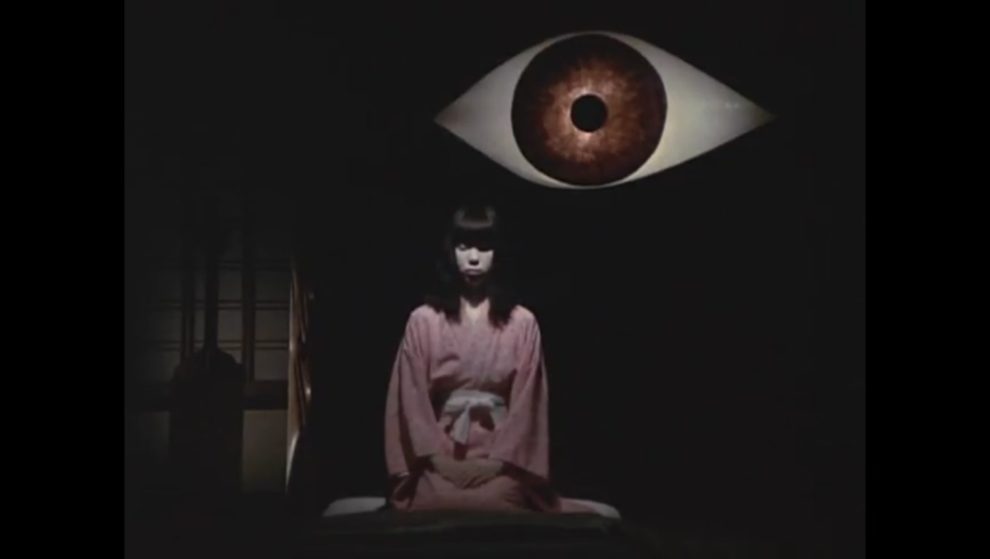
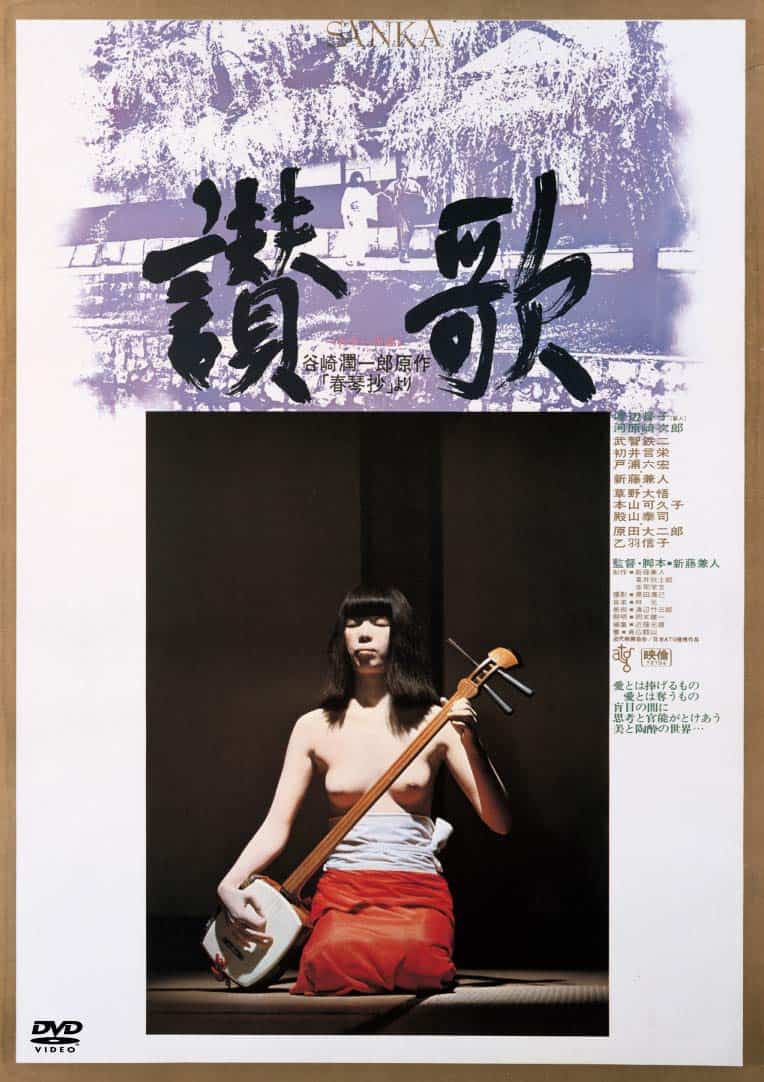
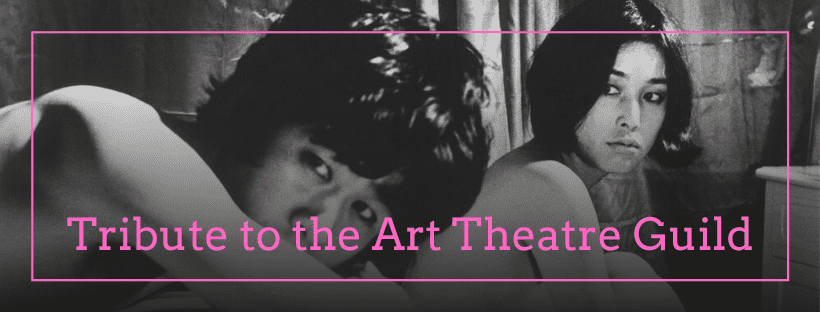

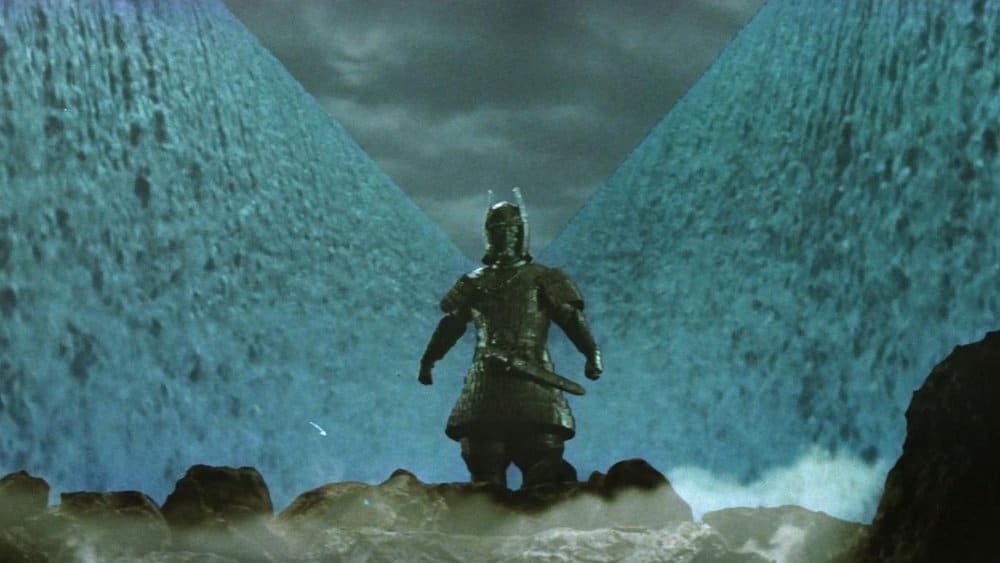

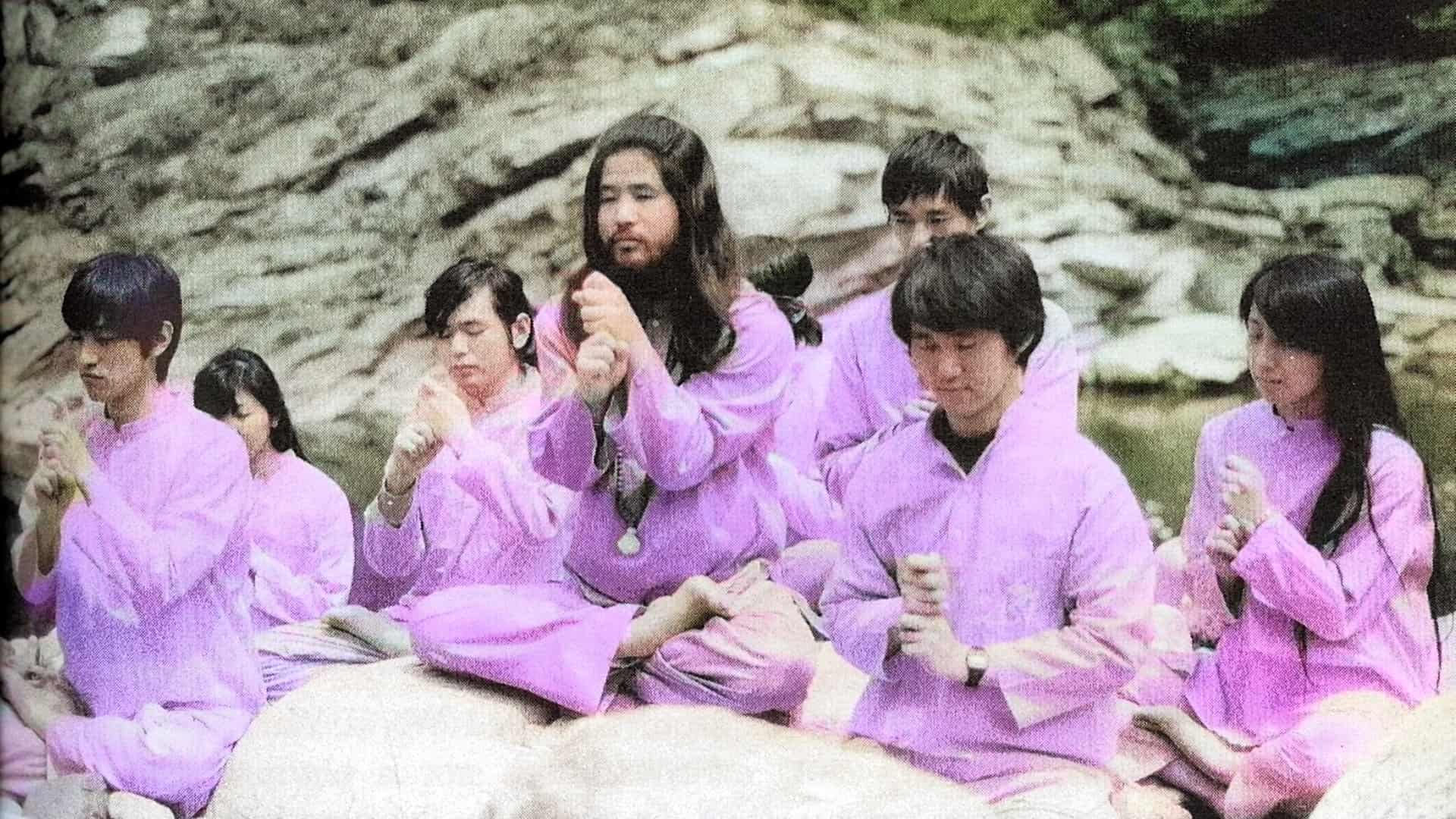

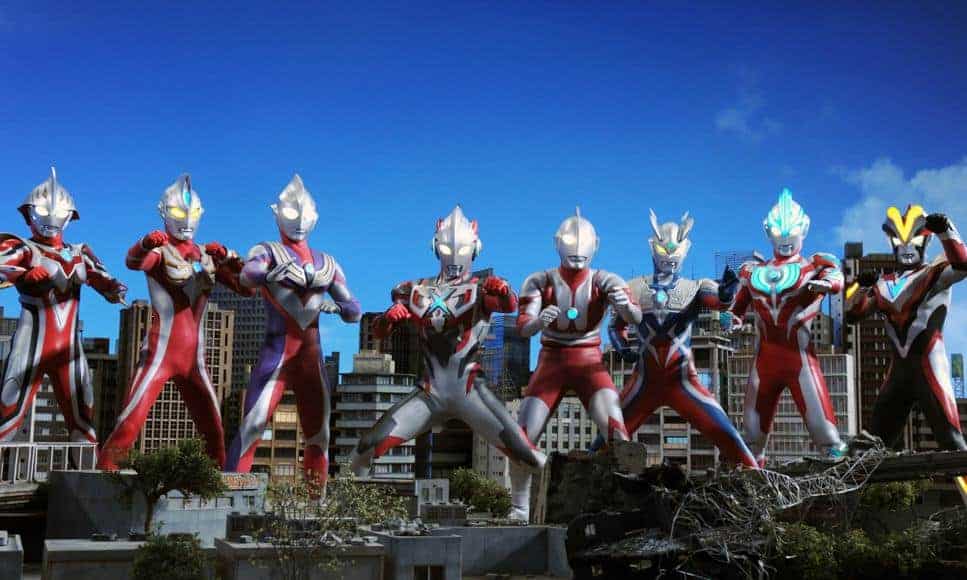








simile a chiedersi giorni felici perché per molti ci devono essere…